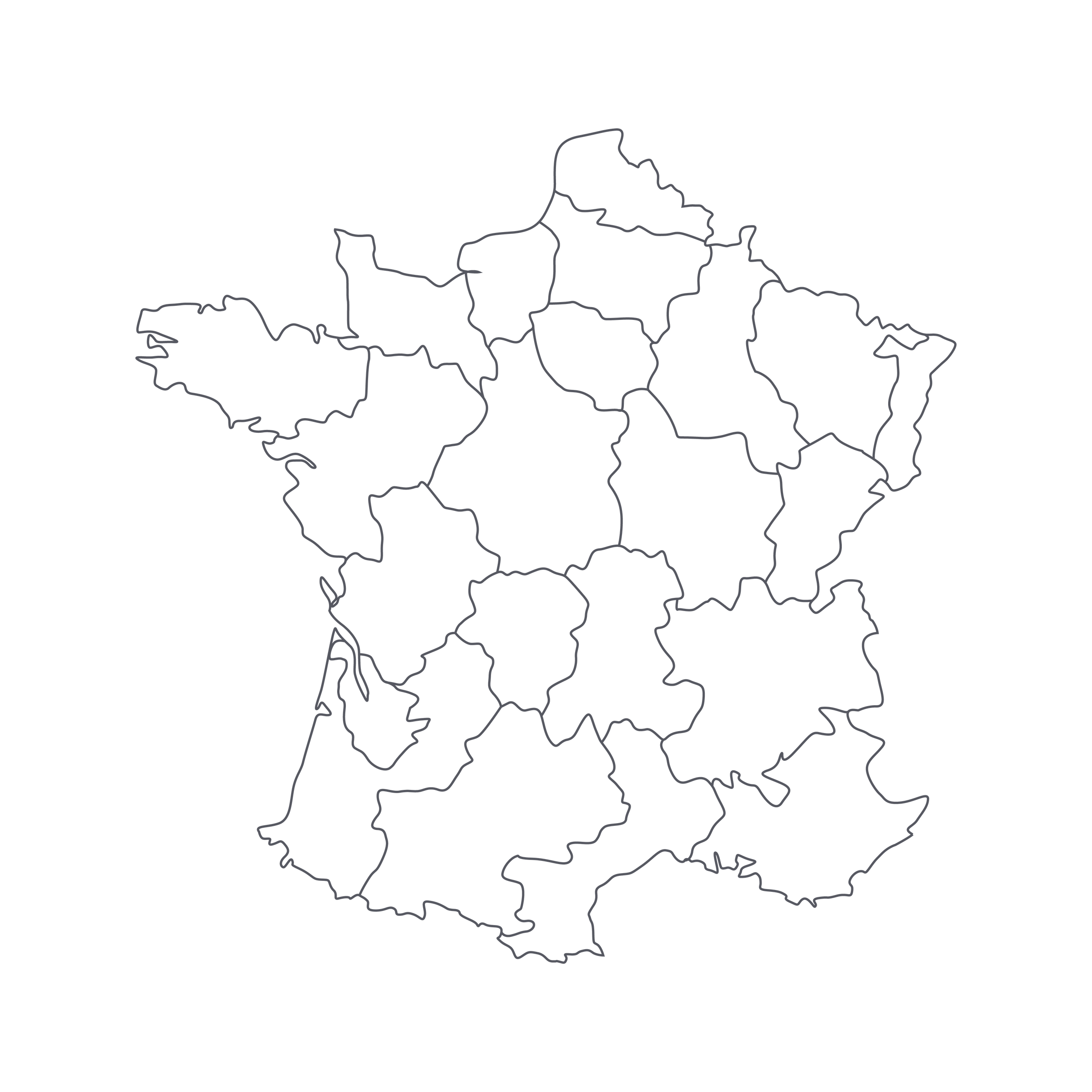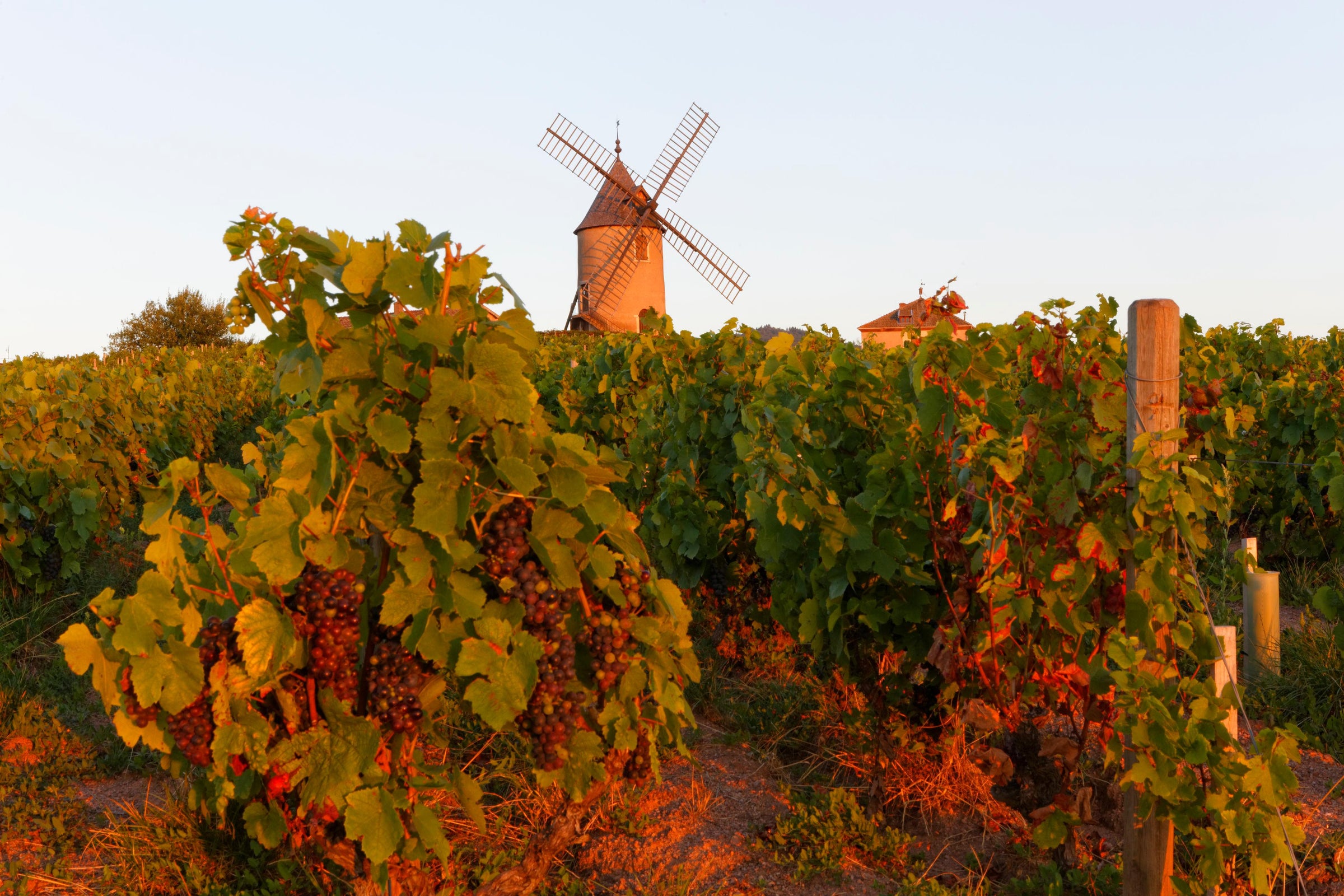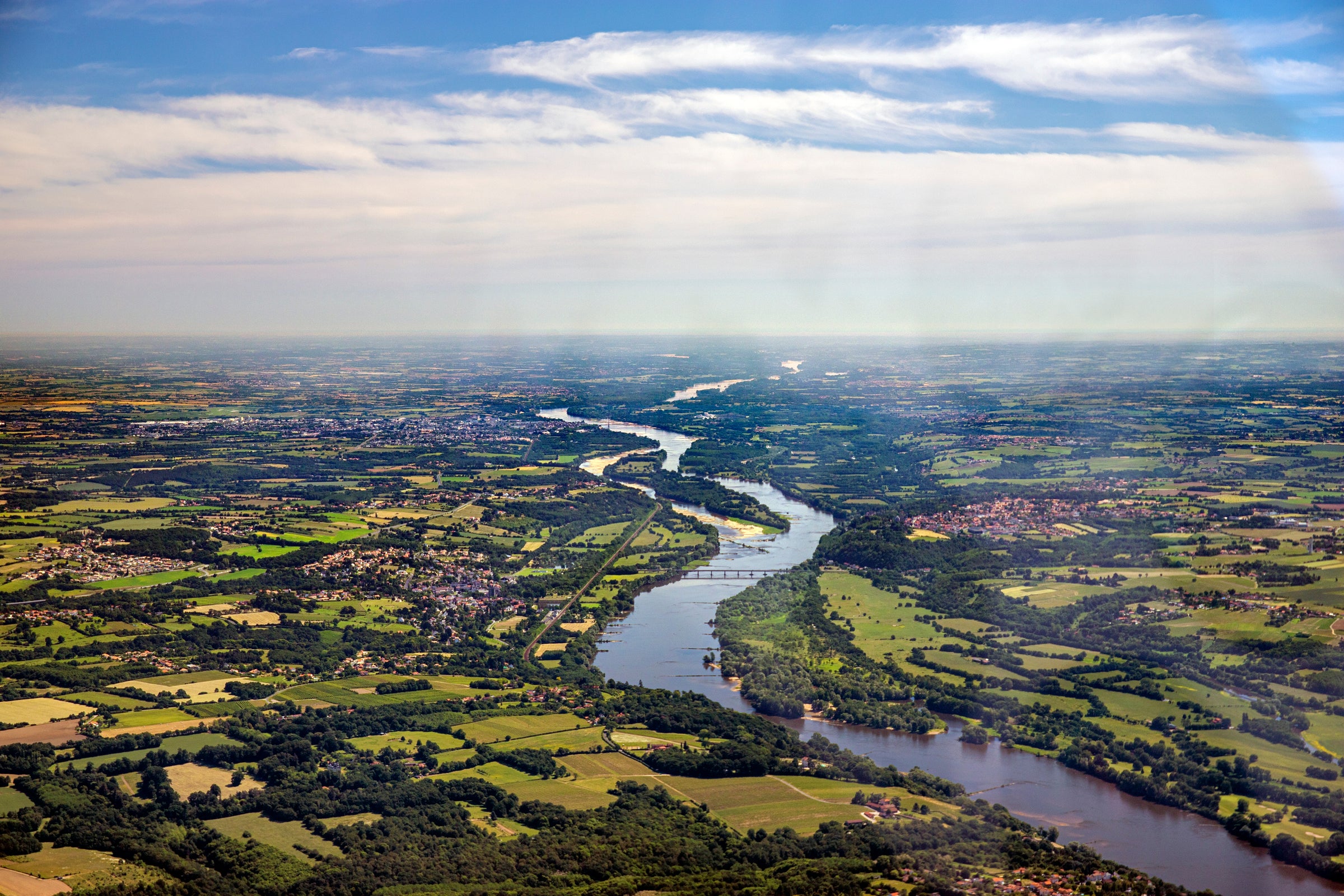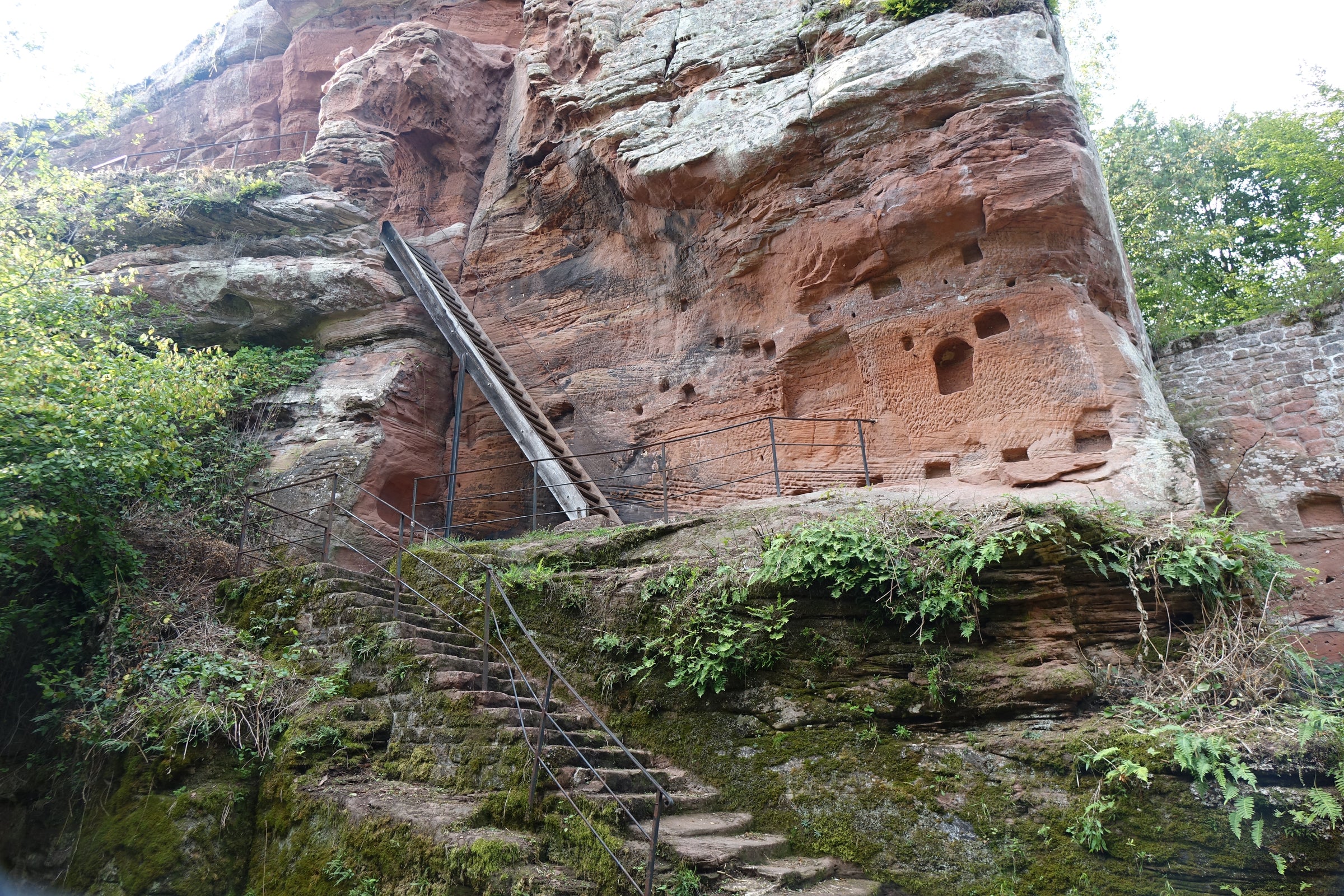To taste such an opulent and powerful expression of small-batch Pomerol is always a pleasure, but to enjoy one of this quality, at such an affordable price point, is virtually unprecedented. That’s especially the case when factoring in the cult names nearby: Less than a mile away, the gold-standard vines of Le Pin ($4,500), Cheval Blanc ($1,000), Vieux Château Certan ($400), and Trotanoy ($350) can be found, making the tiny amount of plush Merlot trickling out of Les Grand Sillons an extremely desirable $50 anomaly.
]I’ve previously mentioned one of the major advantages of Pomerol is that you can, with a lot of hunting, find immense value within striking distance of the world’s most expensive Merlot vines. Château Les Grands Sillons is a perfect example: Utilizing their 2.8-hectare home vineyard, they offer up a wonderfully rare chance to acquire legitimate, “garagiste” Right Bank Bordeaux—from the spectacular 2016 vintage, no less! Ultimately, it’s an affordable snapshot into the luxurious realm of elite Pomerol, so to those who grab a small stockpile, we say “bravo!”
Château Les Grands Sillons was founded in the 1920s by Philippe Dignac’s great grandfather, Bernard Thibeaut; Philippe now runs the estate along with his son, Stéphane. The two have been flying under the radar with their elegant, refined expressions of Right Bank Bordeaux for quite some time—though recently, they have garnered praise from a slew of French wine critics and connoisseurs. Philippe and Stéphane sustainably farm their vines—just three tiny plots surrounding their estate—mostly Merlot, followed by Cabernet Sauvignon and Cabernet Franc. The vines are planted in classic Pomerol soil types: alluvial sand with gravel over iron-rich clay, known locally as crasse de fer.
The father and son duo oversee handpicking of the grapes, followed by an initial sort in the vineyards and a second sort in the cellar before fermentation in concrete vats. Aging is carried out in new and 2-3x used French barriques and the final wine is bottled without filtration.
Today’s 2016 Pomerol Grand Vin pours a vivid dark crimson core of great concentration and density, hinting at the powerful aromatics to come. The nose is deeply intoxicating and sleek, driven by notes of ripe red plum, spiced cherries, redcurrants, wet rose petals, leather, bay leaf, and gentle touches of clove, wild lavender, and dried clay. The palate boasts a full body with silky, velvet-like textures of opulent red fruit, oak spice, and turned earth. The texture is incredibly soft and the tannins are polished beyond compare—simply put, this Right Bank Bordeaux is drinking deliciously at five years of age, and will continue to gain complexity over the next decade. If you have the patience to wait, I recommend cellaring this beauty so you can enjoy the wine at its full potential, starting in 2025. If drinking sooner, decant for 60 minutes and serve in Bordeaux stems at 60 degrees. For a quintessential Bordeaux pairing, it doesn’t get any more classic than filet mignon; serve alongside roasted potatoes and your choice of vegetables. Cheers!








